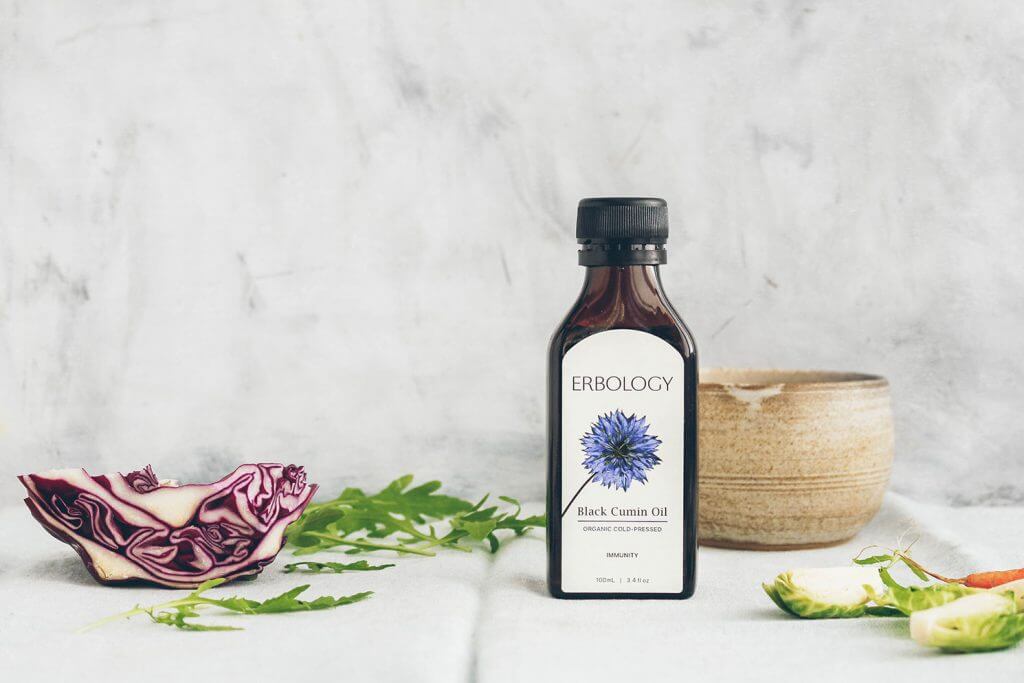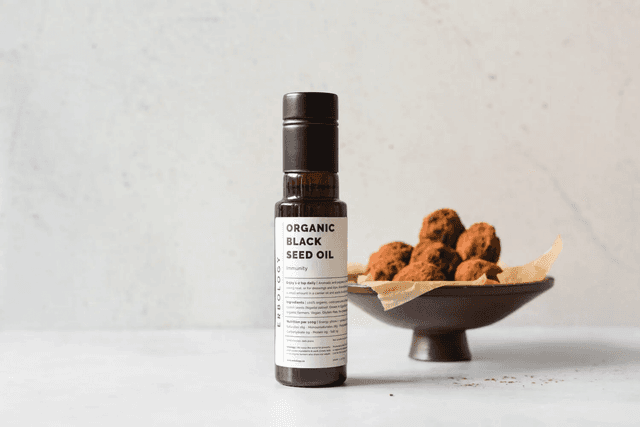18 Jan 2021
How much black seed oil to take and when to take it
A quick recap on black seed oil health benefits
Black seed oil is extracted from Nigella sativa seeds. You might know them better as black cumin seeds.
However, this precious oil goes by many other names, such as shonaiz, kalajira and kalonji. This is perhaps because it has been around for thousands of years and many different cultures have used it for its healing powers.
The benefits of black seed oil are thought to include taking care of your skin, scalp and hair, boosting immunity and helping to support the liver. Of these, its effects on the immune system have sparked the most scientific interest.
It has a strong, peppery and aromatic flavour.
https://www.youtube.com/watch?v=q0SUg2snUx8
How to take black seed oil
The method you use to take black seed oil will depend on the benefits you want to see. For example, if you're looking for immunity support, you should. take black seed oil either neat, by the spoonful, or mixed into your food. If you want to take advantage of its skincare benefits, you can both take it by mouth and also use it on your skin. If using it in skincare, you should dilute it with a carrier oil (more on that below).
You should never heat black seed oil or use it for cooking, as high temperatures can degrade the compounds which are behind black seeds' benefits.
How much black seed oil to take
At Erbology, we recommend taking up to three teaspoons of black seed oil per day.
Taking more than three teaspoons a day won’t produce any additional health benefits. As its taste is quite pungent, this amount is quite enough for many people!
You can take it neat, or you can mix it into your favourite recipes. Again, make sure that if you’re including it as a recipe ingredient, you’re not going over the recommended amount.
While many people enjoy the flavour of the oil, others can find it a bit too strong to take neat. Luckily, it blends well into many recipes. It’s a brilliant addition to olive oil-based salad dressings, or drizzled over finished dishes.
You can also try more traditional methods. For example, it’s very common to mix it with a little honey or lemon juice to help balance the strong flavour. To turn it into a drink. simply stir in as much hot water as you like.
Others like to take a teaspoon of black seed oil mixed into warm milk, often with a bit of honey too.
If you’re new to black seed oil, it’s sensible to start with a smaller amount (around half a teaspoon per day) and work your way up when you feel ready.

